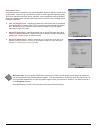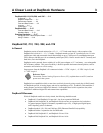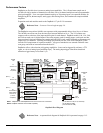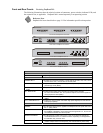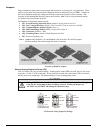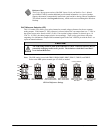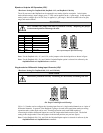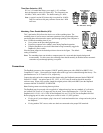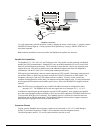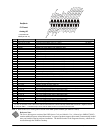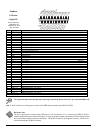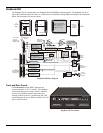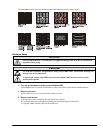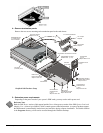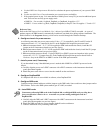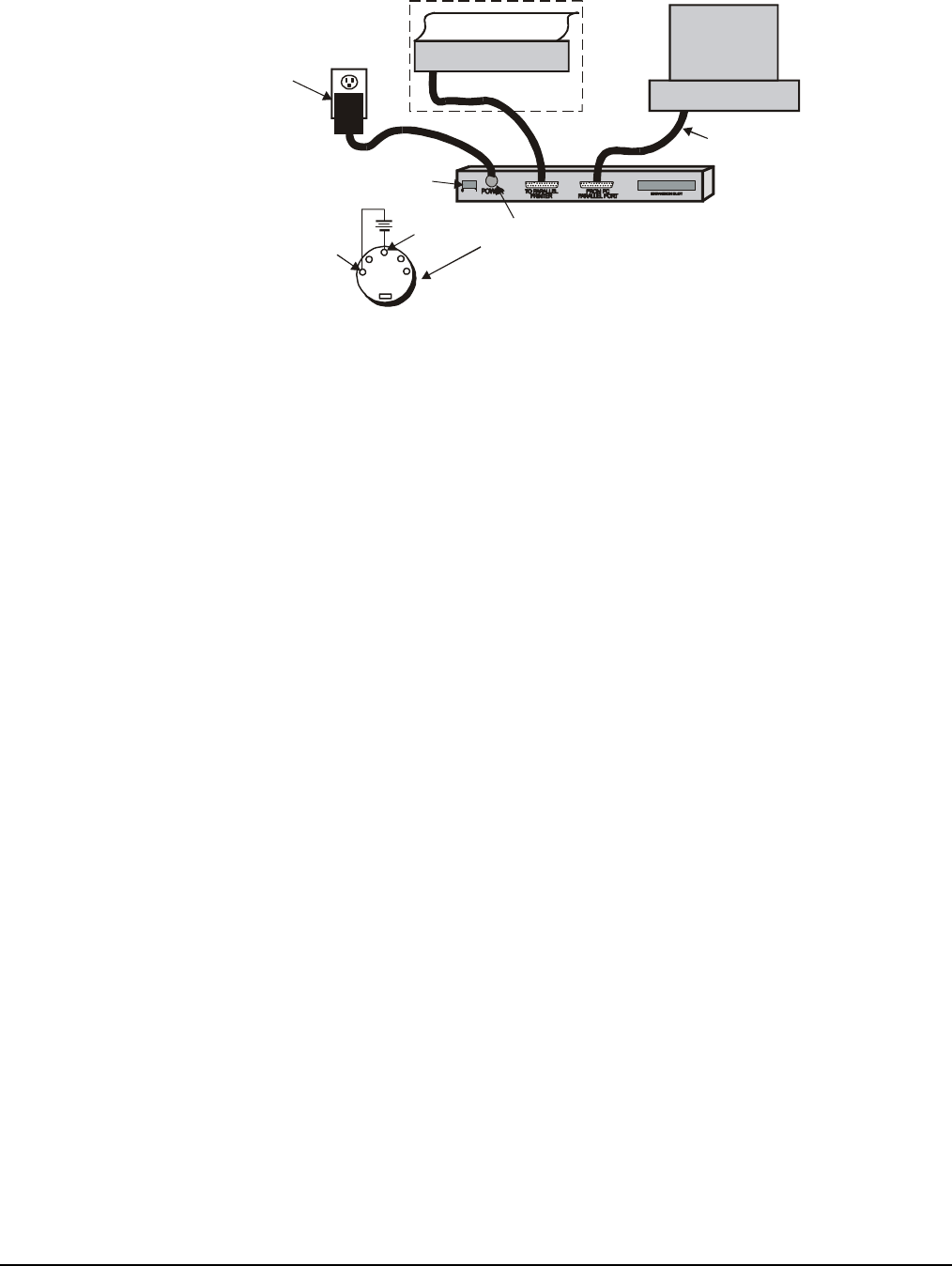
3-8 DaqBook Hardware 01-23-02 OMB-DaqBook User’s Manual
DaqBook Connections
To verify connections, turn ON the power switch by flipping the rocker- switch to the “1” position, and the
POWER LED should light up. If using a printer, check operation by issuing a <PRINT SCREEN> or
equivalent command.
Note: Software installation is necessary before the DaqBook can perform any functions.
Parallel Port Capabilities
The DaqBook/112, /120, /200, /216, and /260 (but not the /100) models can take advantage of enhanced
parallel port (EPP) communication. Standard LPT ports on an IBM-compatible PC have 4-bit and 8-bit
modes to read data from the printer port. The 8-bit mode is faster than the 4-bit, but not all printer ports
support this mode. EPP ports are parallel ports with additional hardware that allows the DaqBook to
communicate with the PC faster (3 to 10 times) than standard parallel ports.
EPPs require special hardware, and only certain computers are EPP-capable. Most laptop computers that
use the Intel 386SL or 486SL chip set (which includes the 82360 I/O controller) are EPP-capable. For
computers with plug-in card slots, EPP adapter cards are available. You may wish to consult your
computer documentation for details about your machine and possible adapter cards. For more information
about supported EPP hardware and machine-specific issues, refer to the README file supplied with the
software.
Note: The EPPs may be configured for any available I/O address but must be configured for either
interrupt 5 or 7. The DaqBook driver does not support the use of interrupts 10, 11, 12, or 15.
In addition to supporting the special hardware required for EPP capability, some computers and parallel
port cards come equipped with special BIOS or device drivers which support the EPP BIOS Draft Revision
3 (and possible Draft Revision 5) standard. This standard specifies a software level interface between
applications and the EPP hardware itself. The DaqBook/DaqBoard software driver supports computers
and parallel ports equipped with EPP BIOS Draft Revision 3.
Connector Pinouts
To gain access to DaqBook port connectors, signals can be connected via a CA-37-x cable through a
D-shell 37-pin female connector or a DBK11 screw-terminal card with component sockets.
The following tables detail P1, P2, and P3 pinouts and how each line is used.
Printer
Optional
AC
Power
Adapter
AC
Power
Source
+V
+
GND
Power
Switch
Power Input
Connector
DaqBook
Computer
CA-35-2



